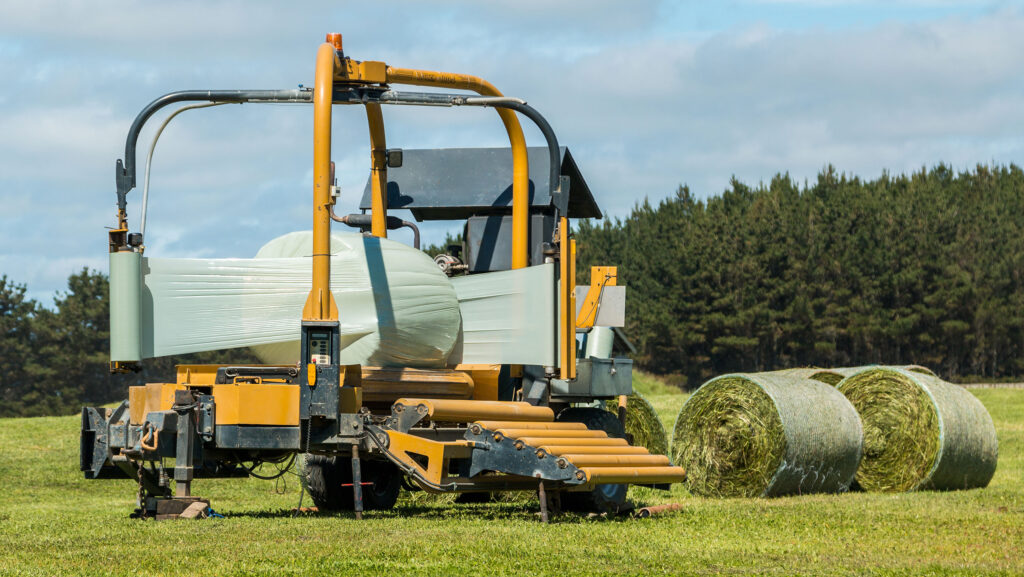Guidance on analysing and targeting forage quality this year
 © Adobe Stock
© Adobe Stock Beef and sheep farmers should earmark bales according to which field or cut they came from, so the forage can be targeted at the most appropriate livestock class.
A late spring and a cold June have led to concerns that some farmers will be relying on a warm, grass-growing autumn to replenish forage stocks.
This is according to Basil Lowman, Scotland Rural College beef specialist.
“There are lots of farms that have eaten away their forage reserves, with such a protracted, wet winter. This has been compounded by grass growth slowing in June,” he says.
See also: How 40.2p/day beet feeding aims for £1,000/ha margin
“It could all be saved by a good late summer and warm autumn, but you should not bank on that happening. Plans need to be made now and actions taken.”
Basil advises farms which normally stack bales in one big pile to consider grouping bales according to their field of origin, so priority stock can be targeted with the highest energy forage.
“Analysing the bales from each field is best, but failing that, as a farmer you will have some idea of where the highest energy silage is and more importantly which stock should be fed it.”
Independent beef and sheep consultant Dr Liz Genever says that weather windows for forage making have been “minimal”. “It’s not worth panicking, it’s about making effective decisions. This might be a year people adapt their system to manage risk.”
Farmers Weekly asked Liz and Basil for some guidance:
1. Analyse forage quality
- Get your forage analysed with your feed consultant or supplier
- Check a sample from each field and cut you take this summer
- List the groups you are overwintering and allocate the different qualities of bales accordingly.
2. Identify forage quality
- Differentiate varying forage qualities by using spray paint on silage wrap
- Some people use numbers 1, 2 and 3, with one being the highest metabolisable energy (ME), three being the worst and two being the moderate stuff
- The lowest priority stock are dry ewes and dry cows, in which case 9-10 MJME forage is sufficient. Giving these animals high ME silage can result in difficult calvings and lambings because of fat deposition.
- If you have plenty of high-quality silage, restricted feeding is important. Will there be enough straw available to dilute the diet and avoid fat cows and ewes?
3. Assess winter feed requirements
- Could dry matter demand be lowered by offloading lambs or store cattle before winter?
- Hard culling of breeding stock sooner could reduce winter demand. Could weaning be brought forward?
- Knowing the weight of your stock will allow average dry matter intakes to be estimated
- A dry 90kg ewe eating 1.5% of her bodyweight will require about 1.35kg a day. A 60kg ewe will need about 0.9kg
4. Invest in fencing infrastructure
- Reports suggest significant areas of ground in England have gone into the SAM3 herbal ley option, which, if rotationally grazed and given longer (about 30-45-days) rest periods can finish lambs without creep
- Investing in electric fencing to graze more efficiently and later could reduce winter demand by cost-effectively finishing weaned lambs or putting weight on weaned calves before their second winter
- This fencing could also be used to keep dry ewes or suckler cows out longer into the autumn on deferred grass for to shorten the winter.
